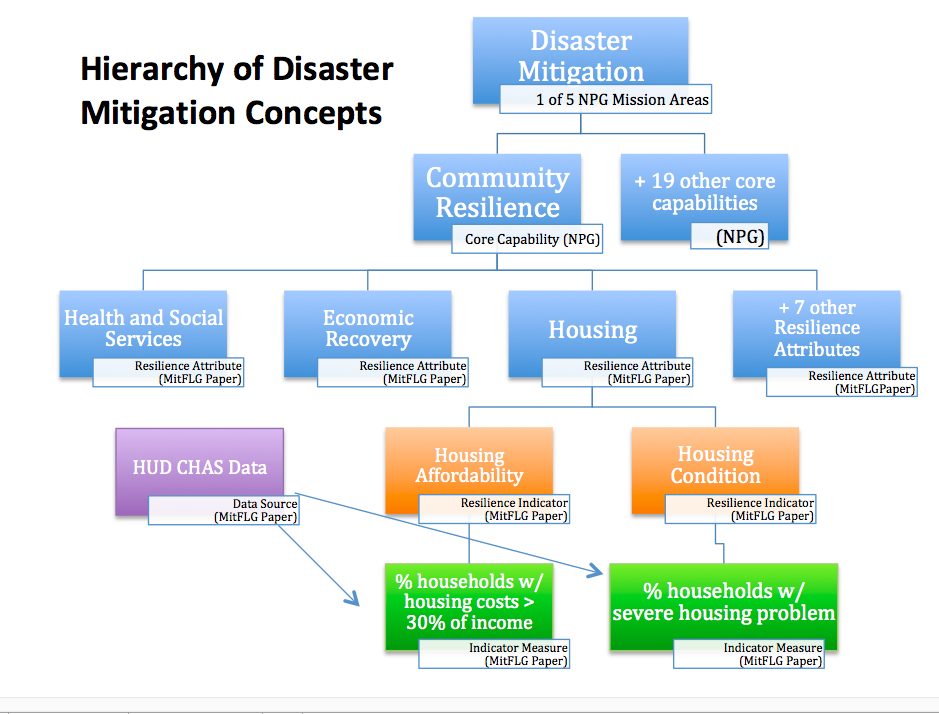By Danielle Sugarman
Fellow
On March 15, 2012, the Supreme Court of Mississippi handed down its decision in Sierra Club v. Mississippi Public Service Commission and Mississippi Power Company, Inc. In a 9-0 vote, the Court reversed a 2010 Mississippi Public Service Commission decision permitting Mississippi Power Company to construct a $2.4 billion dollar coal plant in Kemper County, Mississippi.
The 582-megawatt power plant was first proposed in December of 2006 by Mississippi Power Company, a subsidiary of Southern Company. The plant was to burn locally mined lignite coal (or “brown coal”) and was to employ a novel type of Integrated Combined Cycle Gasification (IGCC) technology called “TRIG,” which had never before been used on a commercial scale.[1] Mississippi Power further proposed to capture the carbon dioxide associated with burning the gasified lignite and proposed to sell it to oil companies who would then sequester it in unidentified geologic formations. At the time, the project was among nine “clean coal” development projects to earn Department of Energy backing and Mississippi Power was awarded more than $680 million in federal grants and tax incentives, including $270 million from the U.S. Department of Energy’s clean coal power initiative.
In 2009, Mississippi Power filed its formal Petition with the Mississippi Public Service Commission (the Commission) seeking approval to construct the Kemper plant. Mississippi Power argued that the construction of the plant was needed to meet the area’s capacity needs and was thus required to serve “the present or future public convenience and necessity.” Mississippi Power contended that if the plant was not approved quickly, it would lose the federal subsidies that would make the plant viable. Mississippi Power also argued that the risk of rising natural gas prices outweighed the risks posed by the capital investment required to build the Kemper plant.
As it was originally conceived, the Kemper plant was estimated to cost $1.1 billion. However, by the time Mississippi Power applied in 2009 the estimated cost of the plant rose to $2.4 billion making the Kemper facility the most expensive plant ever proposed in Mississippi. Over the next year, the cost of the project rose again to $2.7 billion. Mississippi Power requested that the Commission and the state government approve Construction Work in Progress Financing (CWIP), which would allow the utility to charge customers rate increases to cover the construction expenses before the plant began to produce electricity rather than after.
After Mississippi Power filed its petition for approval of the Kemper plant, the Sierra Club filed for, and was granted, intervention as a party at the Commission. The Sierra Club was opposed to the plant on a number of grounds. From an environmental standpoint, the Kemper proposal involved digging up 45-square miles of the County for strip mining, which the Sierra Club alleged would displace hundreds of residents while destroying valuable streams and wetlands. The Sierra club also said the plant would generate unacceptable amounts of air pollution and coal ash.
The Sierra Club also questioned the reality of Mississippi Power’s carbon sequestration plan. While Mississippi Power set forth a plan to capture and sell 65 percent of the plant’s carbon dioxide emissions so that they could be sequestered, the Company did not have anyone lined up to buy this carbon dioxide. The Sierra Club alleged that until a buyer was secured, the Company would not commit to a lowering of emissions limits in its air permit. The Sierra Club contended that if the market for carbon dioxide did not materialize, consumers would likely bear the cost of disposing of it, making the proposal an even more expensive for the public.
Finally, the Sierra Club argued that the electricity Kemper would produce was not in fact needed to meet electricity demands. The Sierra Club argued that Mississippi had twelve natural gas-fired power plants already built that sat idle 85 percent of the time but could provide up to 7993 megawatts of power. As the Kemper plant would produce only 582 megawatts of power, Sierra Club argued that just one of the twelve existing natural gas plants could easily meet and exceed the state’s future electricity demands.
In addition to the Sierra Club, two independent Mississippi power providers, Entegra Power Group LLC (Entegra) and Magnolia Energy LP (Magnolia), and Attorney General Jim Hood requested that the Commission suspend action on Kemper until a thorough analysis of Mississippi’s future energy needs could be completed. They also questioned the prudence of approving Mississippi Power’s request to charge state customers for the cost of building the Kemper County coal plant. In their filing, Entegra and Magnolia noted that the Kemper plant would be “the largest single addition to any Mississippi utility’s rate base from any generation facility” in state history.
On April 29, 2010 the Commission issued a final decision in the Certificate of Public Convenience and Necessity. The Commission approved the proposal to go forward with the plant but placed a hard cap on construction costs at $2.4 billion. In the order, the Commission noted that given the many risks associated with the Kemper plant including capital cost risk, performance risk, new technology risk, project cancellation risk, and the potential loss of federal funds, it would not be in the public’s best interest to allow the project to go forward without financial safe-guards in place. The Commission also found that CWIP financing could not be granted. The Commission explained that “the commission will not allow ratepayers to become the guarantors of the Company’s financial well-being.”
After the Commission issued its decision, Mississippi Power filed a motion for reconsideration arguing that it could not go forward with the plant under the conditions set forth. Only one month after its initial decision, the Commission voted 2-1 to revise its April 29th order and stated that if Mississippi Power agreed to limit itself to a 20 percent cost overrun, the project would be approved. This would in practicality, raise the construction cost cap to $2.88 billion. The revised order also allowed the company to go forward with CWIP financing which would permit Mississippi Power to recover 100 percent of the construction costs from the ratepayers beginning 2012 – well before the plant would begin producing electricity.
In his dissenting opinion, Commissioner Brandon Presley stated that “[i]t seems the only reason the majority has changed its mind in this case is because Mississippi Power … insisted.” Commissioner Presley declared that the majority’s action was not supported by the record, was contrary to its previous findings, and was arbitrary and capricious.
The Sierra Club appealed the Commission’s decision to the Harrison County Chancery Court. While acknowledging that the Commission’s revised order raised concerns regarding risk and rate impact to customers and expressing trepidation over what would happen if customers could not afford a 45 percent rate increase, in March 2011, Judge Jim Persons dismissed the Sierra Club’s arguments and affirmed the Commission’s decision to allow Mississippi Power to move forward.
The Sierra Club appealed the decision to the Mississippi Supreme Court in October of 2011. On March 15, 2012, the Mississippi Supreme Court issued a unanimous ruling agreeing with the Sierra Club that the Commission’s May 2010 approval was not “supported by substantial evidence” that it would benefit the utility’s small customer base of less than 200,000. Specifically, the Supreme Court noted that
when the Commission grants authority for such projects, Mississippi law requires it to make findings supporting its decision; and according to the statute, the Commission’s findings must be ‘supported by substantial evidence presented’ which ‘shall be in sufficient detail to enable [this] court on appeal to determine the controverted questions presented, and the basis of the commission’s conclusion.’ We find that the Commission’s approval . . . fails to satisfy this requirement.
Brandon Presley, the lone Mississippi commissioner who voted against the Kemper project, called the Supreme Court ruling “a major victory for each and every customer of Mississippi Power Company and deals a serious blow to the company’s corporate socialism.” “This plant is untried technology,” Presley said in a statement. “The shareholders have no risks while the customers have all the risks along with a 45% rate hike to boot.”[2] The March 15 decision now means that the Kemper County plant will be returned to the Public Service Commission for further review.
[1] IGCC technology heats coal to convert it into a synthetic gas that is processed to remove sulfur, mercury and other pollutants before being sent to a traditional combined cycle power plant to produce electricity. A number of IGCC projects have been canceled due to technical problems, high capital costs and a lack of federal regulation to limit carbon dioxide emissions.
[2] See press release of Commissioner Brandon Presley available at https://www.google.com/url?sa=t&rct=j&q=&esrc=s&source=web&cd=2&ved=0CDUQFjAB&url=https%3A%2F%2Fwww.psc.state.ms.us%2Fcommissioners%2Fnorthern%2Fpress%2520releases%2F2012%2FPresley%2520Issues%2520Statement%2520On%2520Supreme%2520Courts%2520Reversal%2520of%2520Kemper%2520County%2520Coal%2520Plant%252003152012.pdf&ei=nGqET5PGCqnw0gHh3-zRBw&usg=AFQjCNHtFtT_atc03J5wnBZm2zSdy3MQLQ&sig2=NMpsBK0vTzCV__uYjRtu0g



